Product Description
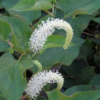
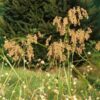
Schoenoplectus tabernaemontani – Soft Stemmed Bulrush
Native/Non-native – Native
Hardiness Zone – 3-9
Sun – Full sun to partial shade
Moisture – Wet
Size – 6-8′ height x 4-5′ spread
Comments
* Grows in marshes, lakes and streams, and in wet meadows
Description
Scirpus validus
Soft-stemmed bulrush
Obligate wetland plant for inland shallow waters, non-tidal marshes and wildlife. Large triangular dark green stems with brownish inflorescences hang pendulously from spring to fall. Stems are unusually spongy. Emergent aquatic.
Height6-8 Feet |
Spread4-5 Feet |
Spacing12 Inches |
Bloom Color |
USDA Hardiness Zone 3-9 |
Soft-stemmed bulrush Interesting Notes
Soft-stem bulrush grows in marshes, along lake and stream shores, and in wet meadows. It grows in fresh or brackish water [5,16,23]. Soils are usually poorly-drained [5], or continually saturated [12]. Soft-stem bulrush grows in silty or peaty soils [18]. Under greenhouse conditions soft-stem bulrush produced more aboveground biomass in silty clay soils than in clay or sand alone [1]. Below ground biomass was equal in silty clays and clays, and lower in sandy soils. Soft-stem bulrush seems to grow better in saline conditions than in fresh water, and it tolerates a wide range of salinity.
Native American Uses
Food: Roots eaten by Chippewa. Pollen, young shoots, and seeds are also edible.Technology: Using twining and under-over techniques, fine mats and bags were woven from the leaves and stalks. The fine mats were used inside the wigwam to cover the lower walls, or for sitting and eating upon.
Sedges have edges. The rule to remember in identifying members of Cyperaceae – and although those edges are sometime pretty subtle, it holds true for our native species.
Scirpus validus Growing and Maintenance Tips
S. validus is an obligate wetland plant for inland shallow waters, nontidal marshes and wildlife. Found in wet ditches, mudflats and swamps. Prefers moist to wet, peaty, sandy soils in full sun, but is quite tolerant of saline and alkaline soils. Propagate by seed or division in spring. Best used for erosion control, and next to ponds or streambeds.
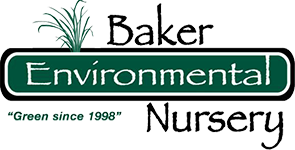

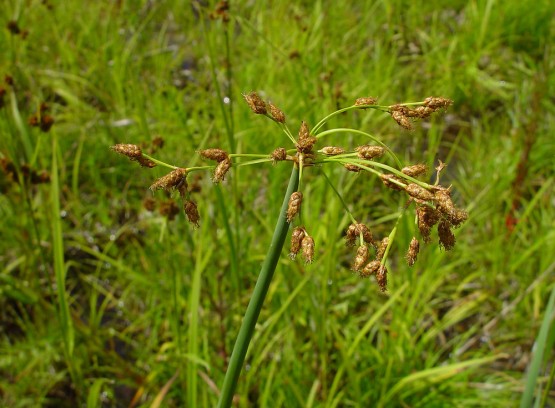
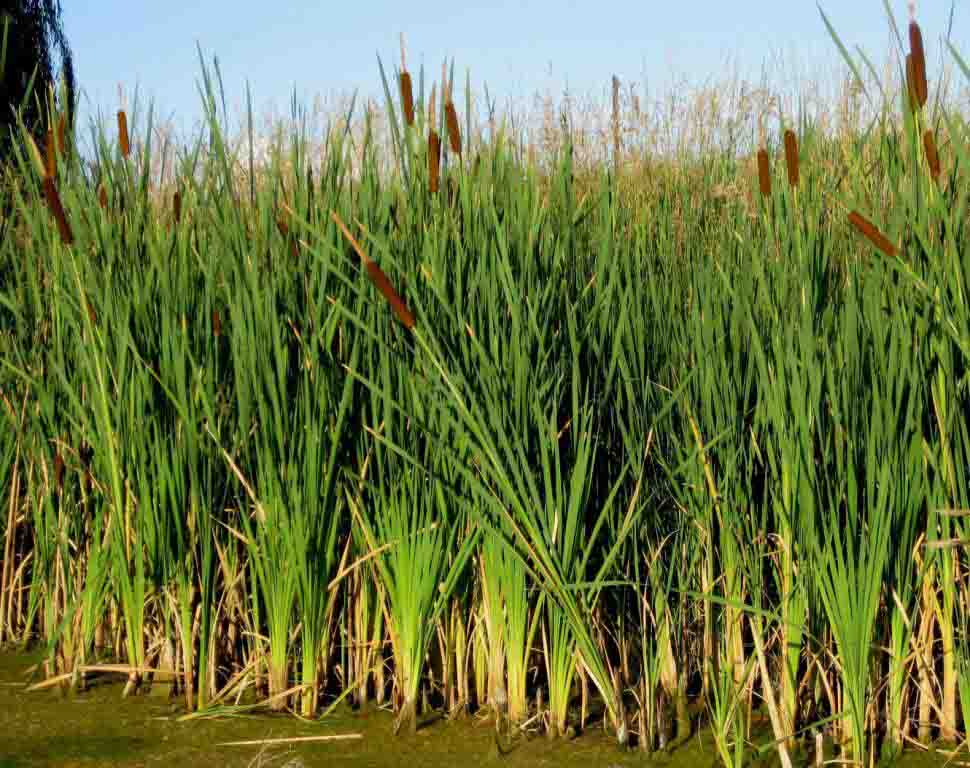

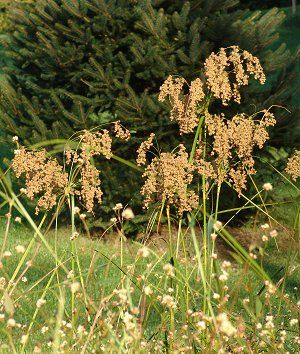




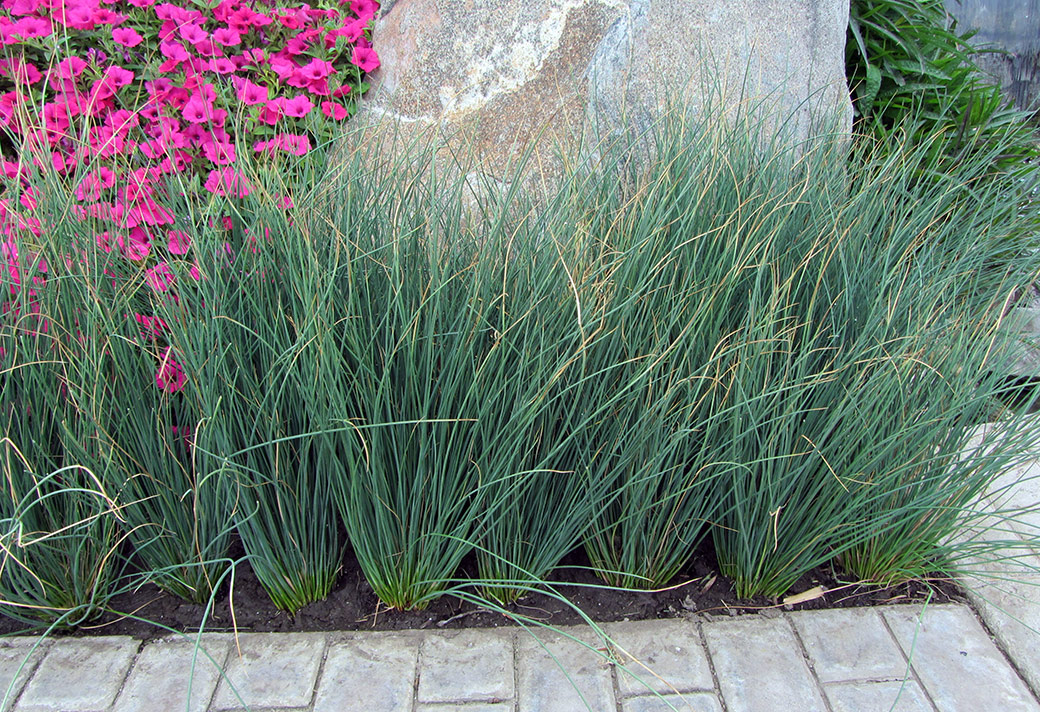

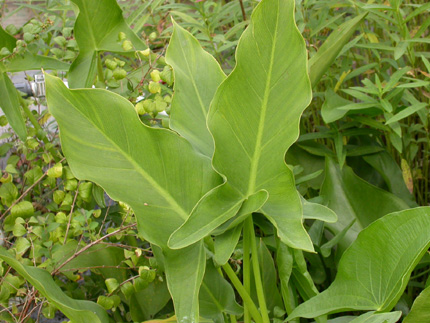
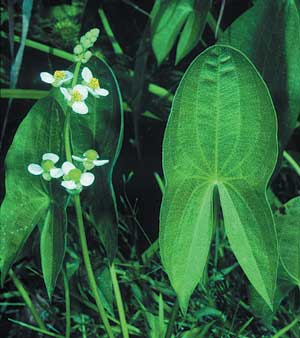
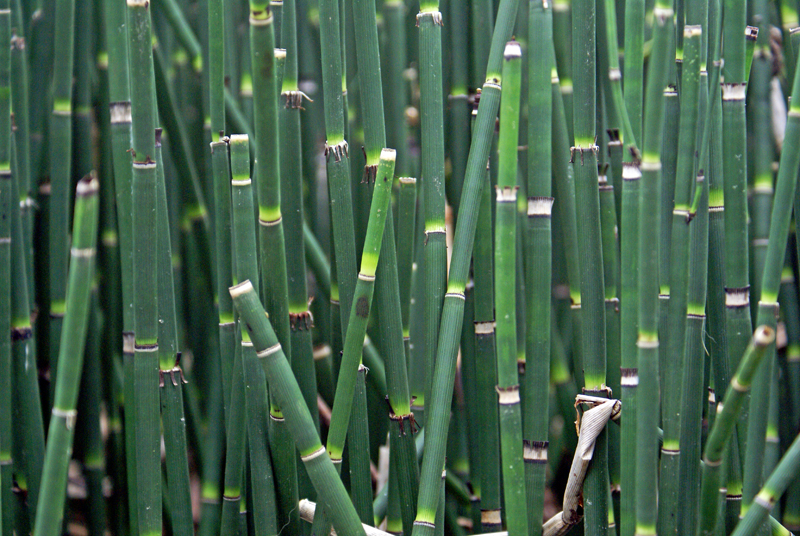
Reviews
There are no reviews yet.